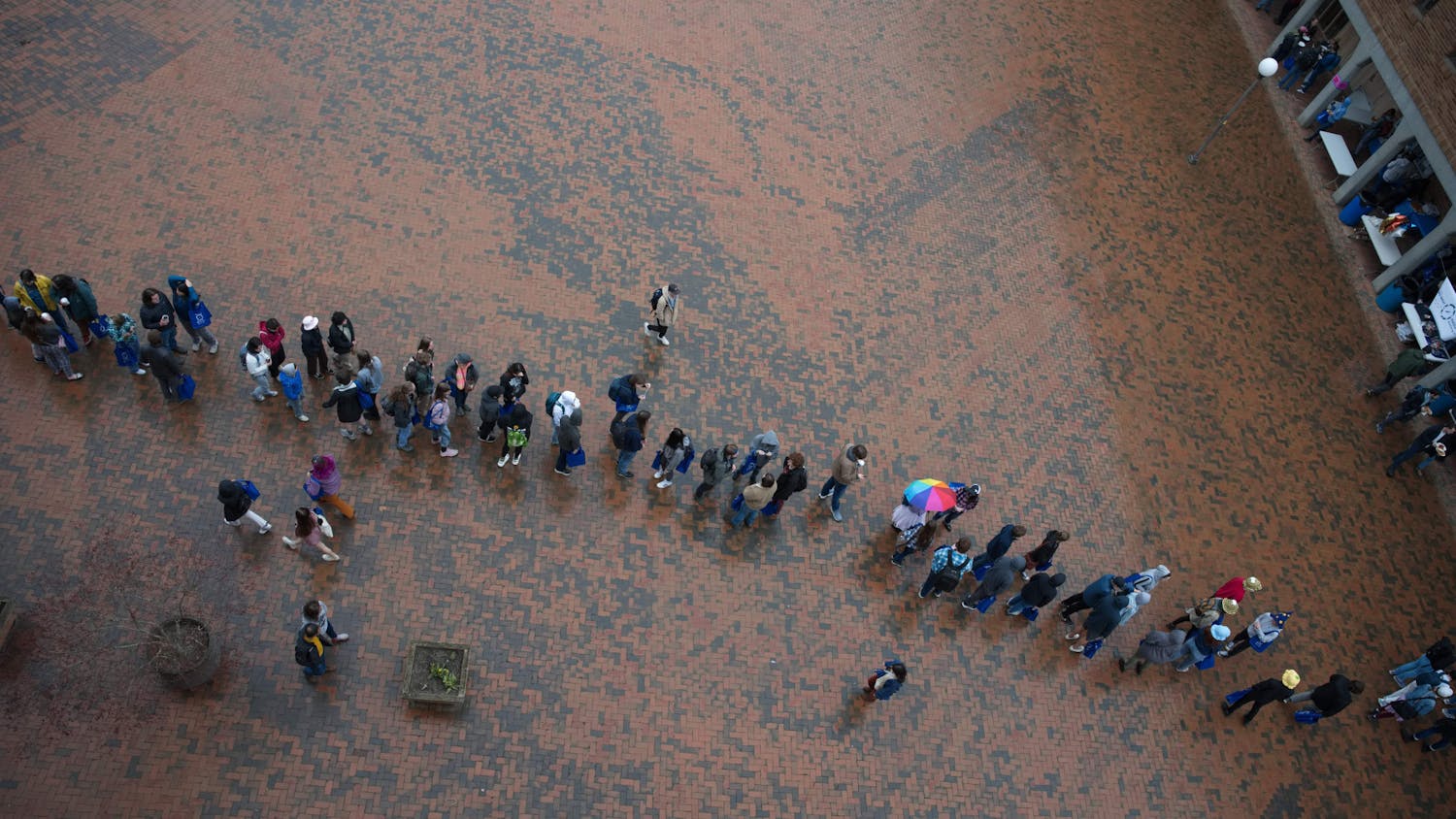Put your money where your mouth is
Diversity and inclusion are Western’s ideals. Those two words are everywhere in Western’s official communication.
Take the mission statement: Western “serves the people of the State of Washington, the nation, and the world by bringing together individuals of diverse backgrounds and perspectives in an inclusive, student-centered university that develops the potential of learners and the well-being of communities.”
Diversity and inclusion. And yet, the university, and the campus community, have systematically relied on the uncompensated labor of students and faculty of color to create a diverse and inclusive space.
In 2014, associate professor Raine Dozier published a report about the experiences of faculty of color at Western. She interviewed 25 faculty members of color. While around 80 percent reported general contentedness with their experience at Western, the report includes many suggestions for ways the campus climate could be improved to truly fit the definition with which Western has branded itself for years: diverse, inclusive.
The faculty recommendations: improve cultural awareness and competence, reach a critical mass of faculty of color, retain faculty of color and reduce service by supporting the well-being of students of color.
As a faculty member described in the 2014 report: “There’s a substantial unreasonable tax on faculty of color and that tax is that we want to assist and we want to be models and we want to be mentors, but we also have these other real responsibilities that we also have to handle ...”
The Western Front is not without overburdening faculty and students of color as well. When reaching out to a professor of color for a story on inclusivity last winter, the professor declined. He was busy that week, but more than that, he said he’d been “Mr. Diversity” at Western for the last 30 years. He recommended reaching out to the newer generation of faculty of color instead.
That’s 30 years of additional, uncompensated labor. That’s 30 years of having one go-to guy for the topics of diversity and inclusion at Western. Just one voice for those two words.
For students, there are five paid positions for diversity and inclusion. All are within the Associated Students, four of which are through the Ethnic Student Center. Outside of these positions, Western has not created paid opportunities for students of color to create an inclusive campus climate. So, countless students devote their time and energy to do so on their own, unpaid. It’s not the responsibility of students of color who come to a school that says it’s diverse and inclusive to make that school diverse and inclusive.
At the student-organized forum in response to threatening vandalism in December, the organizers had a Venmo and donation jar for those who wanted to help compensate them for the time spent organizing. (White allies: this is one way we can support the betterment of the Western community.) All this, mind you, was organized one week before finals, when time is at its most precious and stress is already running high.
Western is a school that promises, or at least strives for, open dialogue between students and the administration, but when students need that the most, the burden is on them to organize it. Time and time again.
It is, in fact, possible to compensate students of color for additional labor. Especially when that labor serves to increase diversity and inclusion, Western’s favorite words.
In 2017, Michigan University began to compensate students for their work implementing their Diversity, Equity and Inclusion strategic plan. Graduate students receive full-tuition waivers and stipends for doing the same kind of work that students here at Western have been continually doing for free. It took a petition, pressure from activists and many months of stalling, but the UM administration eventually relented.
So, Western, how about incentivizing a change of campus climate? That means compensating those burdened with extra responsibility and additional labor. And how about disincentivizing racist behavior? That means trespassing students who deface the campus with bigoted graffiti, commit hate speech and threaten the campus community.
Or are diversity and inclusion just principles, not practices?
Providing resources for the campus community means paying for resources for the campus community, and compensation for the exploited labor of students and faculty of color at Western is a good place to start.





